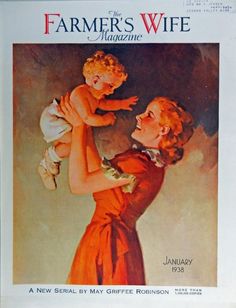
I think that I could look at old copies of The Farmer’s Wife Magazine all day long. They are an idyllic time capsule of the past, and of a yearning on behalf of so many Americans to hold onto a way of life that was slowly becoming obsolete. It is also fascinating to see the way in which the publishers attempted to promote rural women as consumers and also glorifying their role as homemakers. Plus, it is charming, interesting, and full of wonderful pictures and content. I really feel that it deserves to be remembered.
Are you familiar with The Farmer’s Wife? Whether or not you are, I am hoping to make a fan out of you!
The Basics
The Farmer’s Wife was a magazine that ran from 1905 to 1939. A spin off of The Farmer magazine, its intent was to elevate the feminine aspects of farm life to a demographic that was becoming increasingly niche. Along with the ever-increasing power of the homemaker as consumer, it made for a robust publication. And a popular one. Its popularity peaked at 1 million annual subscribers, with each copy being read by at least 4 people.
And there was the hope of promoting the farm and rural way of life as an attractive and valiant option during a time when women were cutting their hair, moving to the city, and embracing new freedoms. In the article “This is YOUR magazine”: Domesticity, agrarianism and The Farmer’s Wife scholar Janet Galligani Casey writes:
“According to the gendered ideology expressed in The Farmer’s Wife and indicative of conservative agrarian thought in this period, farm mothers had two primary responsibilities: to produce future farmers, and, as a corollary, to nurture a love for rural life. The implication is that one sows what one reaps. The Farmer’s Wife fostered a continuing conversation about how best to raise children not only so that they will remain healthy and happy, but also that they will perceive the superiority of country life and abjure the lure of the city.”
She goes on:
“Not surprisingly, then, for most Country Lifers a movement “back to the farm” also entailed a reinvestment in women’s “natural” roles as wives and mothers. A Farmer’s Wife editorial stated pithily, “While a considerable portion of city women have given up their jobs as homemakers, preferring to live in one-bedroom apartments in order that they can follow the ‘jazz’ amusements of the city & shirking responsibility at every turn, the farm women of America, God bless them!, continue to live in the way that the normal wife and the normal mother should live.” (May 1920)
And while it is easy for us today to read the messages in the magazine as oppressive to women, I think that there is much more to it than that. During the early 1900s, agriculture was still considered an essential part of the US economy, and there was a concern that the country would fail to compete if the industry lost manpower. Glorifying the lifestyle and applauding the families that were keeping it going was meant to serve a much larger purpose than keeping women in the home. And naturally, it needed all members of the nuclear family to keep it going.
And of course there is the threat to someone’s values and way of life once new trends set in that we still see people fighting against today. This tug of war is seen in the pages of the magazine, more and more with each passing year. For instance, compared to the 1906 issues, the issues of the 1930s included a shocking number of advertisements and articles on how to make money from home, how to find a side job, the joy of earning money as a young woman, and starting a small business.
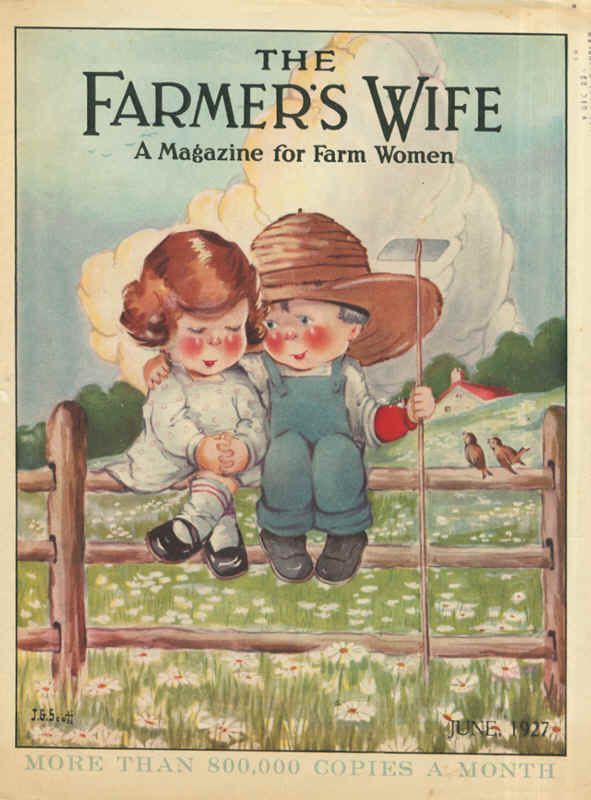
This is also something that Casey points out:
“Virtually every issue of The Farmer’s Wife grappled, textually and subtextually, with competing notions of what it meant to be a farm woman in a nation still clinging to its storied agrarian past, yet also newly enamored of urbanity, and increasingly saturated with a perplexing array of consumer goods that reframed the role of the housewife.”
A look at the content
So, what exactly was the textual and subtextual content that the magazine was so grappling with? Let’s take a look at the 1906 content compared to the 1939 content. It also provides a really lovely look at the type of media that the American public in general was consuming during the first part of the 20th century.
1906
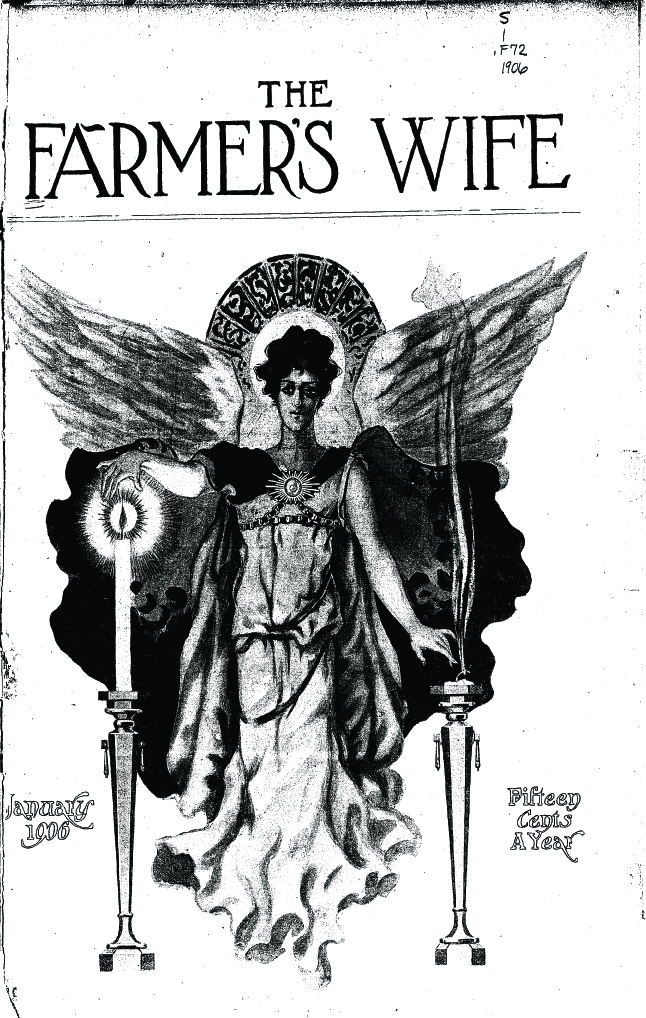
Articles
Health notes
Recommendations:
-Hard water is bad for the skin; make it soft by adding a few drops of ammonia
-A tooth brush with an “unequal length” of bristles is best to use, and a paste of precipitated chalk and orris root is recommended
-Press back the skin surrounding the nails every day to avoid hang nails
-Skating is great for circulation and strengthens the muscles and ankles
-When reading in the dark use a lamp with a large burner – glaring light is just as “injurious” as dim light
How to set the dining table
Needlework
Poultry Pointers
Cream is money: how to make more of it
Women in rural communities: how to enjoy country life and work
Fashions: The best of the seasons modes for the home dressmaker
Mother’s Corner: advice on motherhood, including how often to nurse a baby
Advertisements:
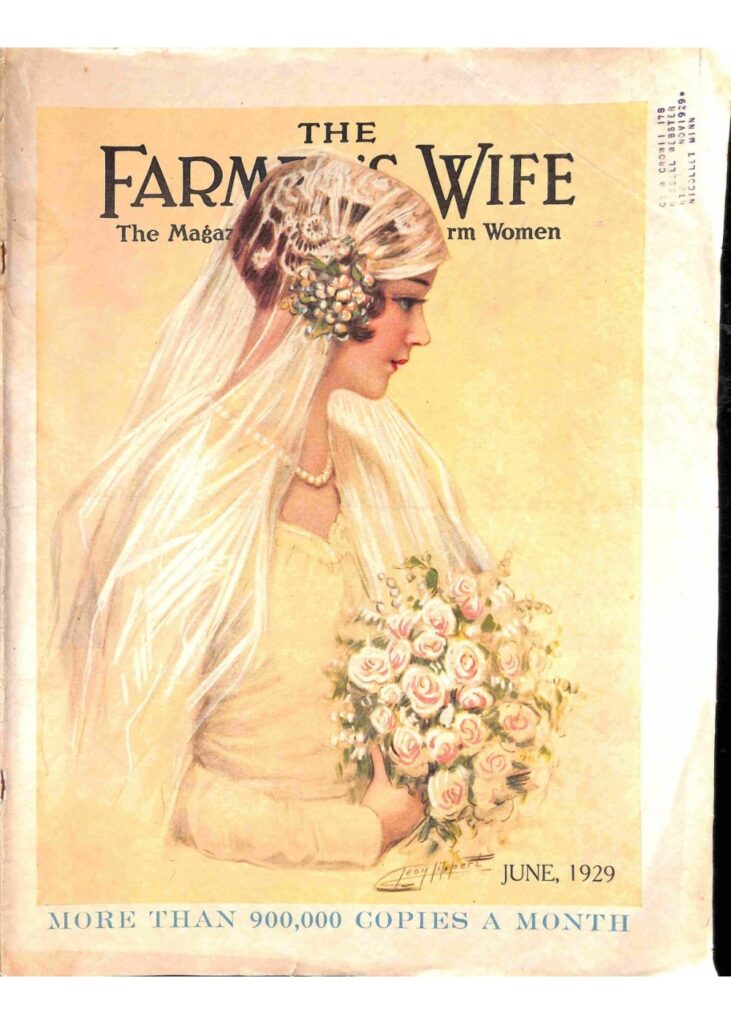
To women who dread motherhood
Information How They May Give Birth to Happy, Healthy Children Absolutely Without Pain—Sent Free. No woman need any longer dread the pains of childbirth; or remain childless, Dr . J. H. Dye has devoted his life to relieving the sorrows of women. He has proved that all pain at child-birth may be entirely banished, and he will gladly tell you how it may be done absolutely free of charge. Send your name and address to Dr . J. H. Dye, 256 Lewis Block,. Buffalo, N Y., and he will send you postpaid his wonderful book which tells how to give birth to happy, healthy children, absolutely without pain; also how to cure sterility. Do not delay but write to-day.
Remedy for building a more shapely, “superb” figure
Multiple advertisements for guns
A cure for child bed wetting
A “sanitary protector” for monthly periods
Morphine
How to do your own tanning (as in, animal skins)
Multiple advertisements asking women to work for the magazine by selling it
A book on how to cure consumption
Corsets
Safety razors (I couldn’t tell if this was for men or women)
Recipes:
Pancakes with sweet milk (two different recipes)
Orange Cake
Fudge
Devil’s Food Cake
Farmer’s Fruit Cake
Winter Pies
Sheet Music:
She is Your Mother

1939
Articles:
Lot’s of House for Little Money
Cooking Frozen Meats and Vegetables
Earning money at home: seems to be written for teenage girls and young women
Up? Hairlines Down? On the latest hair styles
Advice column: Up in Polly’s Room
Dear Polly: When I return from a date lately I feel I have been a failure. My girl friend is witty and peppy, and when we double-date she gets all the attention. I’m the quiet type. Teasing boys isn’t my line. — Barbara, Arkansas
Don’t feel that you’re a failure just because your girl friend attracts more attention than you do. Evidently you’re going over with some of the boys, or you wouldn’t be asked again. Lots of boys like the quiet, interested type better than the girl show-off.
The New 4-H uniform
Clothes Line Notes: advice about laundry:
-To Boil or Not to Boil?
-Hankerchiefs
-Blankets
-Less stooping
Poultry: there is an easy way?
Spring 1939: fashion
Advertisements:
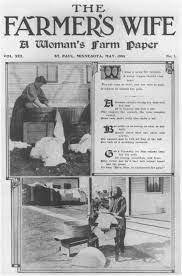
Kellogs bran flakes: encouraging men to avoid constipation and join the “regulars” by eating it
Palolive lotion to guard against “lifeless” middle aged skin
Baking powder: encouraging women not to become a “one cake woman”
A pamphlet on how to avoid constipation
Maytag washer
Post bran flakes: encouraging men to avoid constipation and become happier by eating it (I see a theme here, do you?)
Exlax
Seeds
Baby chicks
Recipes
Menus for April:
Minnesota Fish Dinner:
Tray of appetizers (pickled tongue, boiled ham, deviled eggs, cheddar cheese, pickles)
Boiled White Fish
Wisconsin supper:
Casserole of sausage, noodles, and sauerkraut
Johnny Cake
Rhubard sauce
Butter
Sponge cup cake
Milk
A Gala Dinner:
Minted grapefruit cup
Baked ham
Peach pickles
Sweet potato puff
Peas with cauliflower-let
Hot cross buns
Butter
Preserves
Spring salad bowl
Cheese straws
Angel pie
Coffee
And my favorite of all passages I have come across in The Farmer’s Wife:
Spring tonic: Plant a few extra rows of green things in the garden, and put in a package of new giant ruffled sweet-peas. Shorten your skirt, buy a new bonnet, for yourself, this year. Do away with the scrim curtains and leave just the drapes at the sides of clean, shiny windows. Serve a big spring salad, cook up a bowl of pink rhubarb sauce, make a sponge cake and creamy cottage cheese. Plan an extra good Easter dinner; bake a pan of fresh cinnamon buns for the boys who are seeding the west 40.
I am currently trying to collect fun recipes from the magazine. A future post will follow. If you have any to share, please let me know.
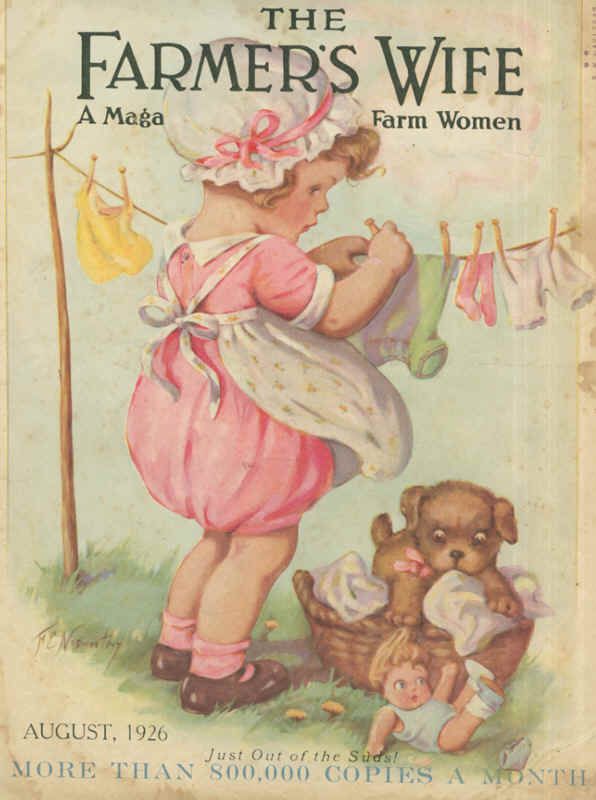
You may also enjoy:
6 Fun facts about Laura Ingalls Widler
Pioneer Clothing: What women wore on the Western Frontier


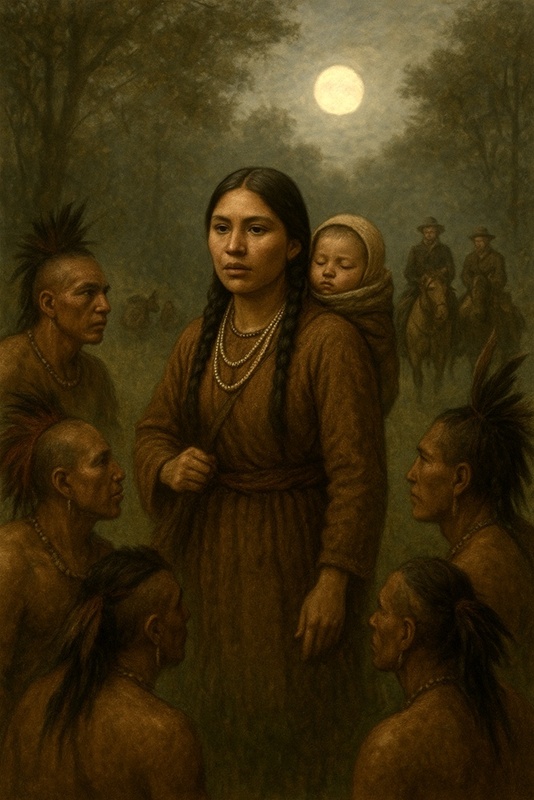



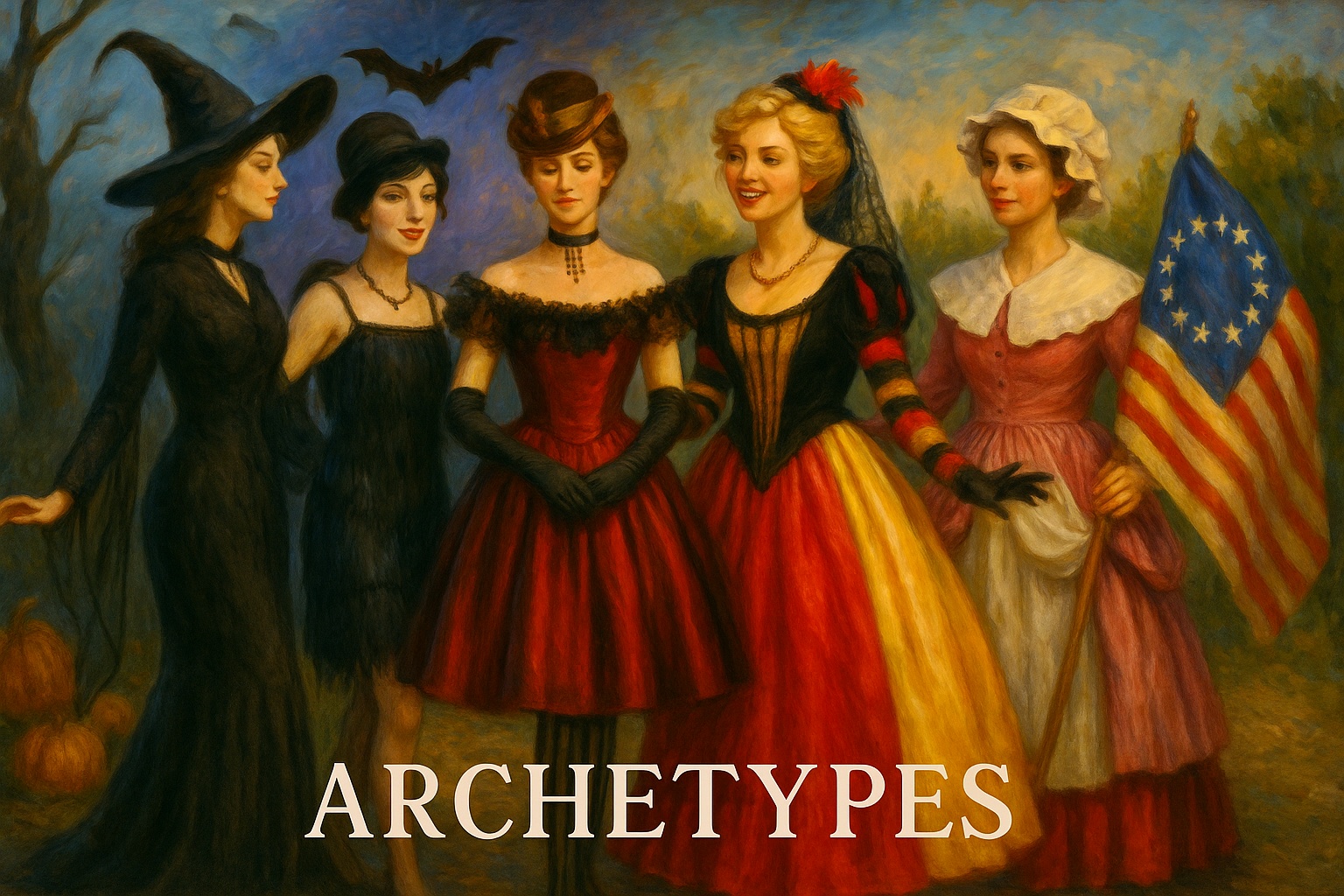
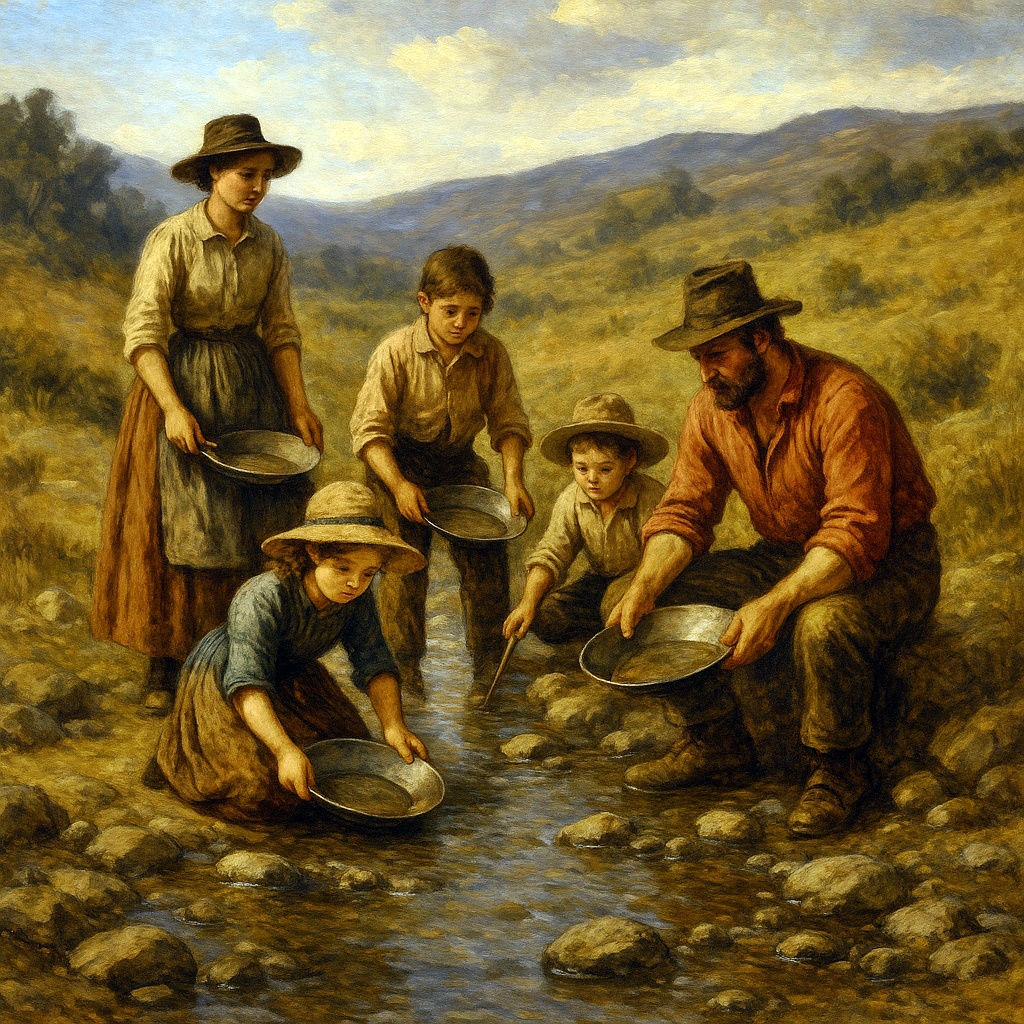
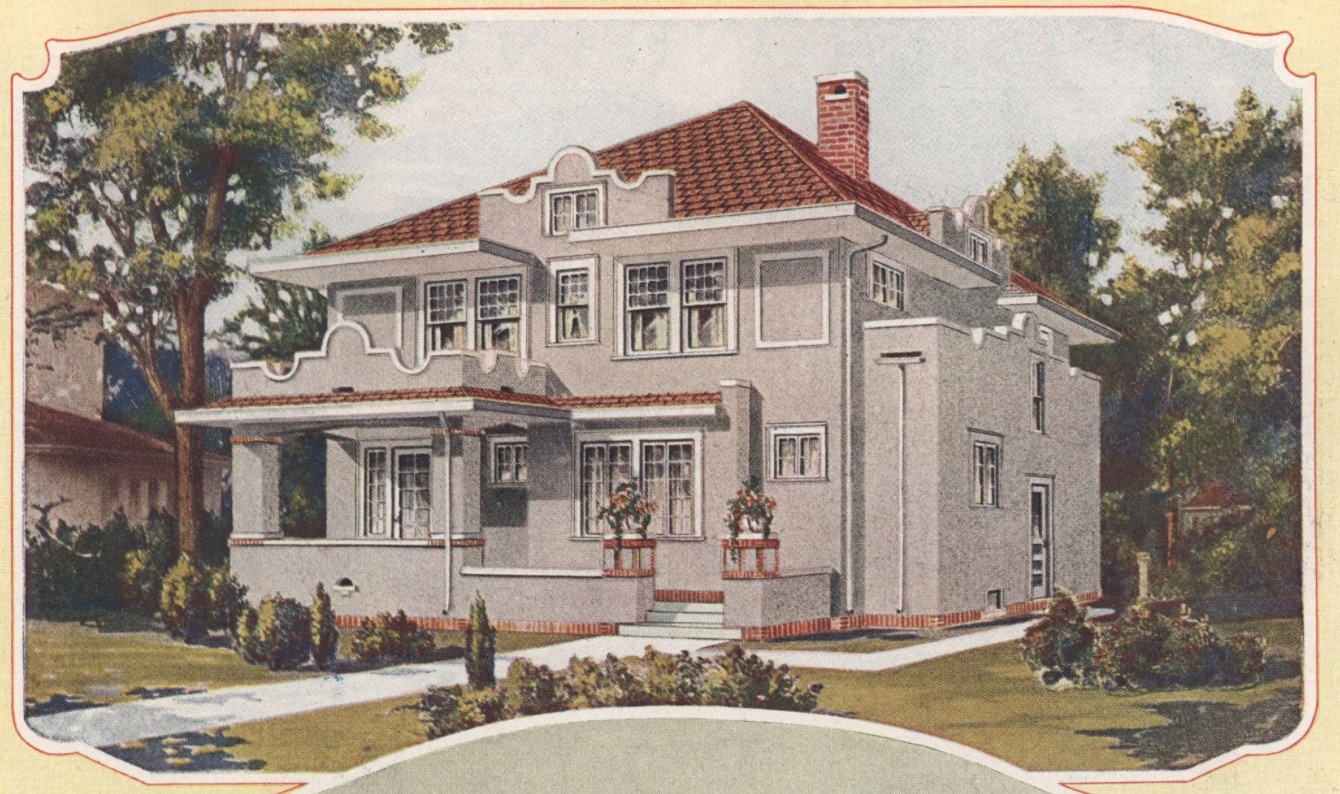

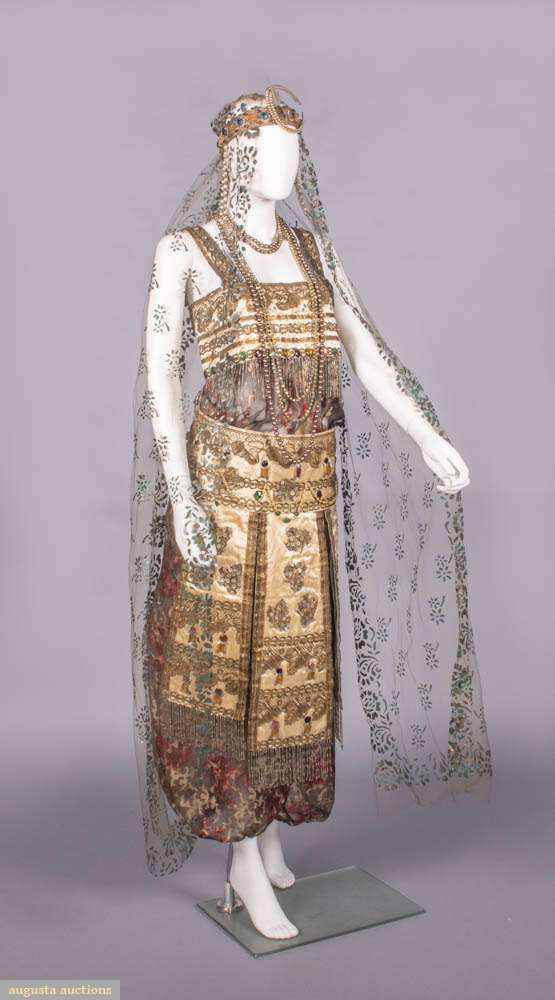



Leave A Comment